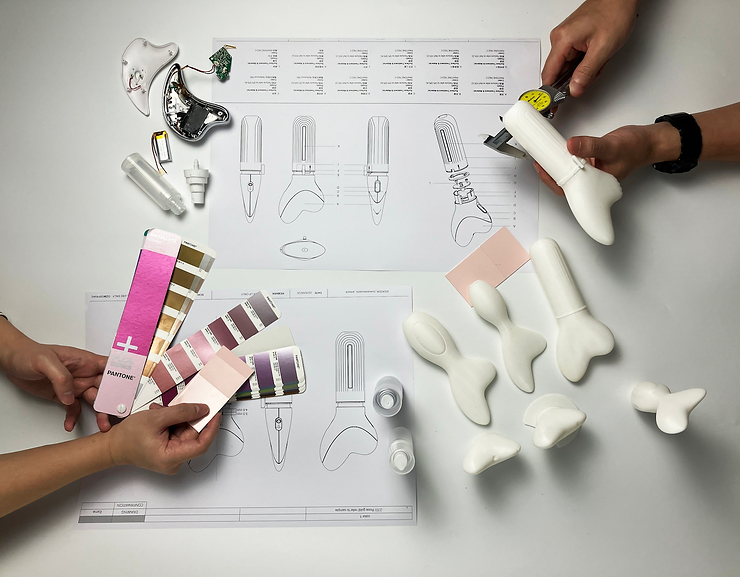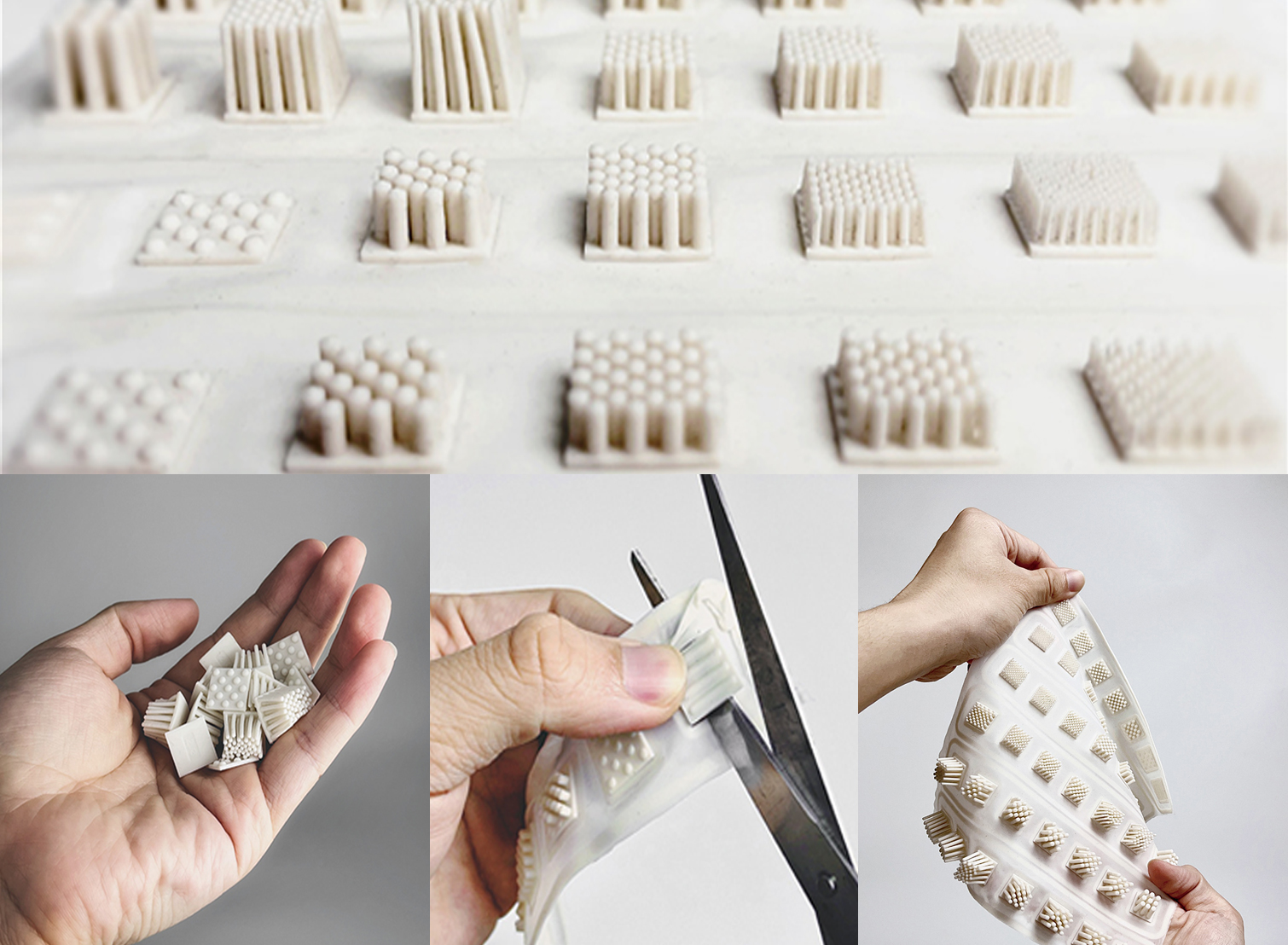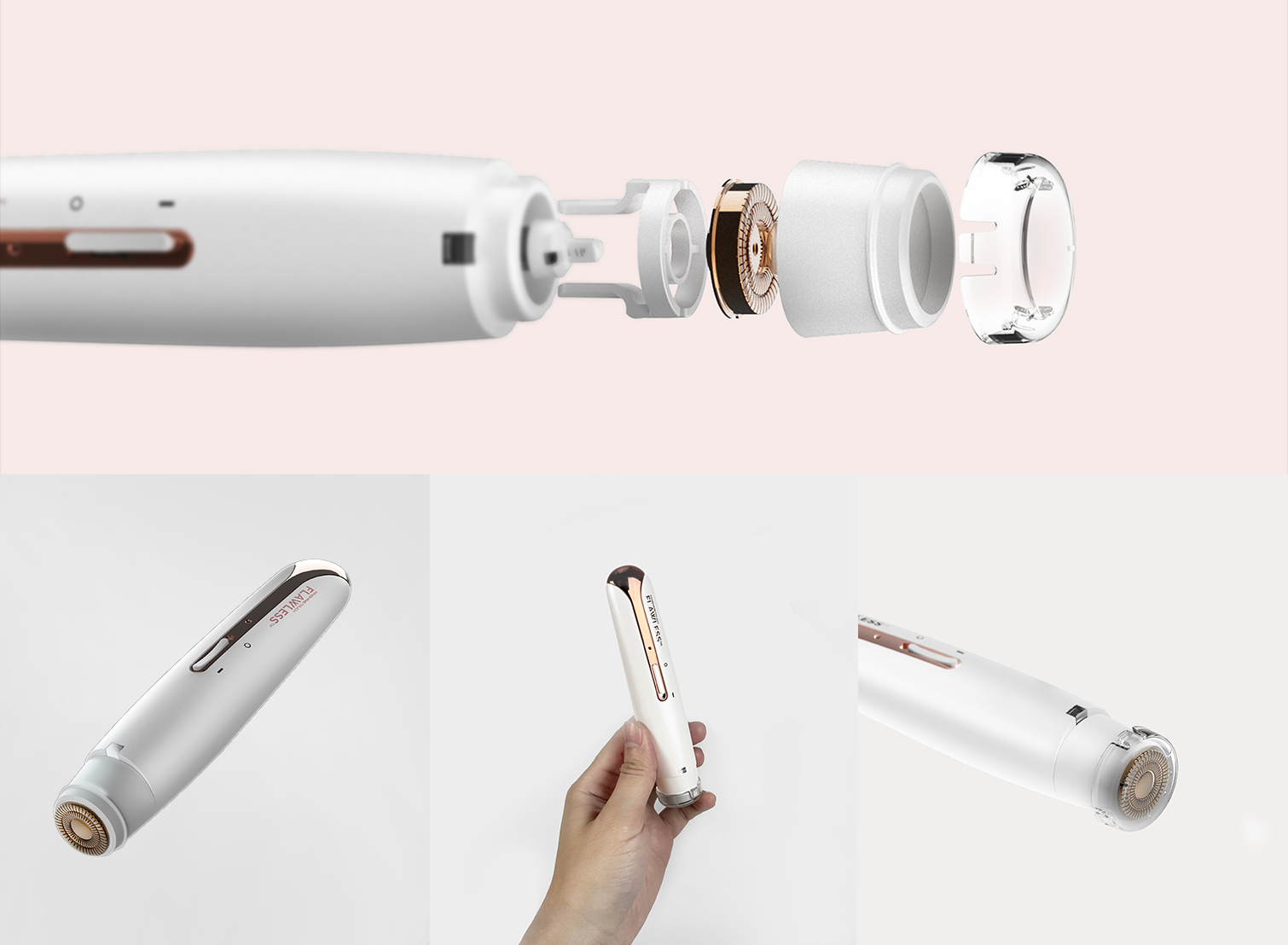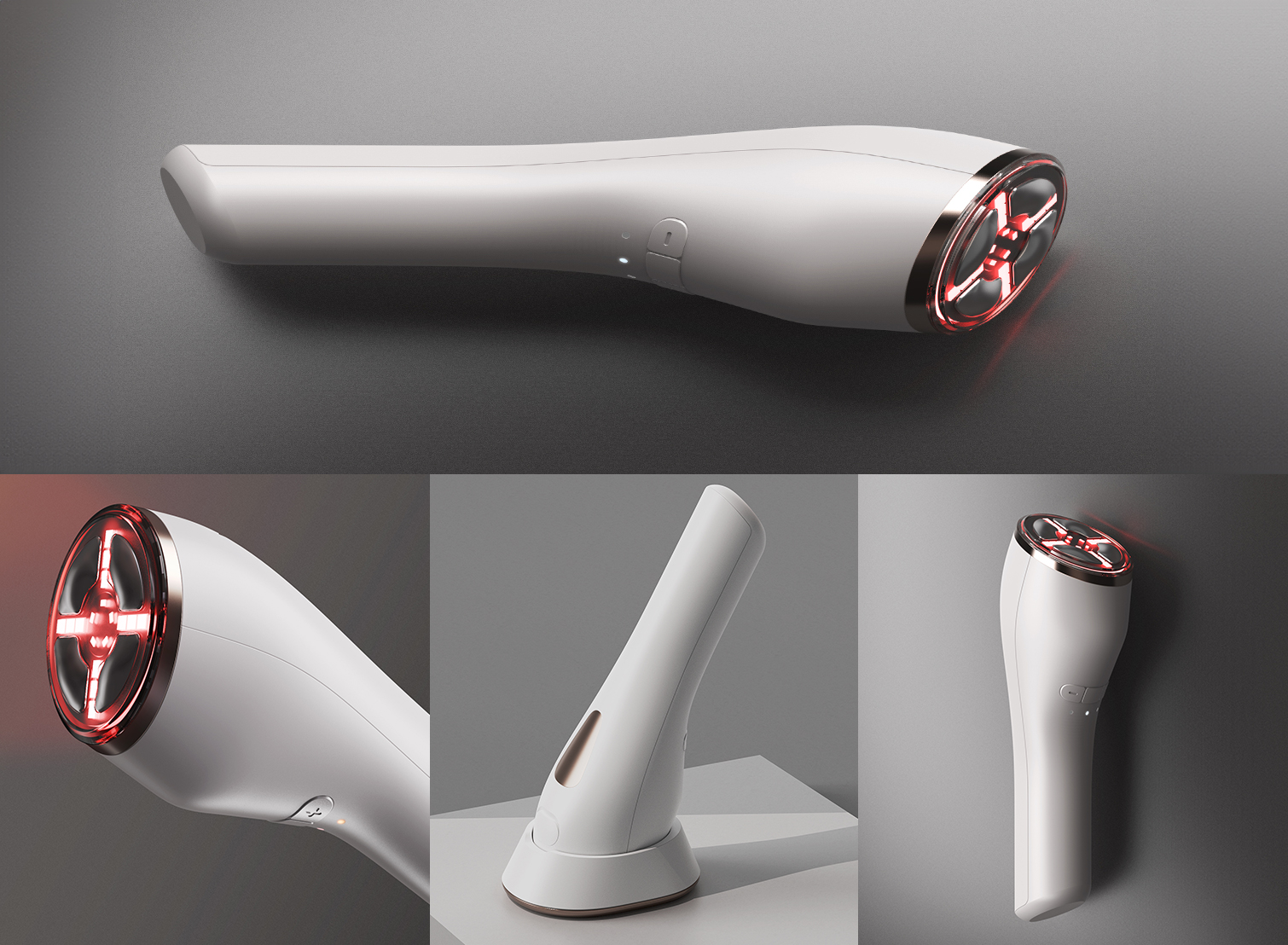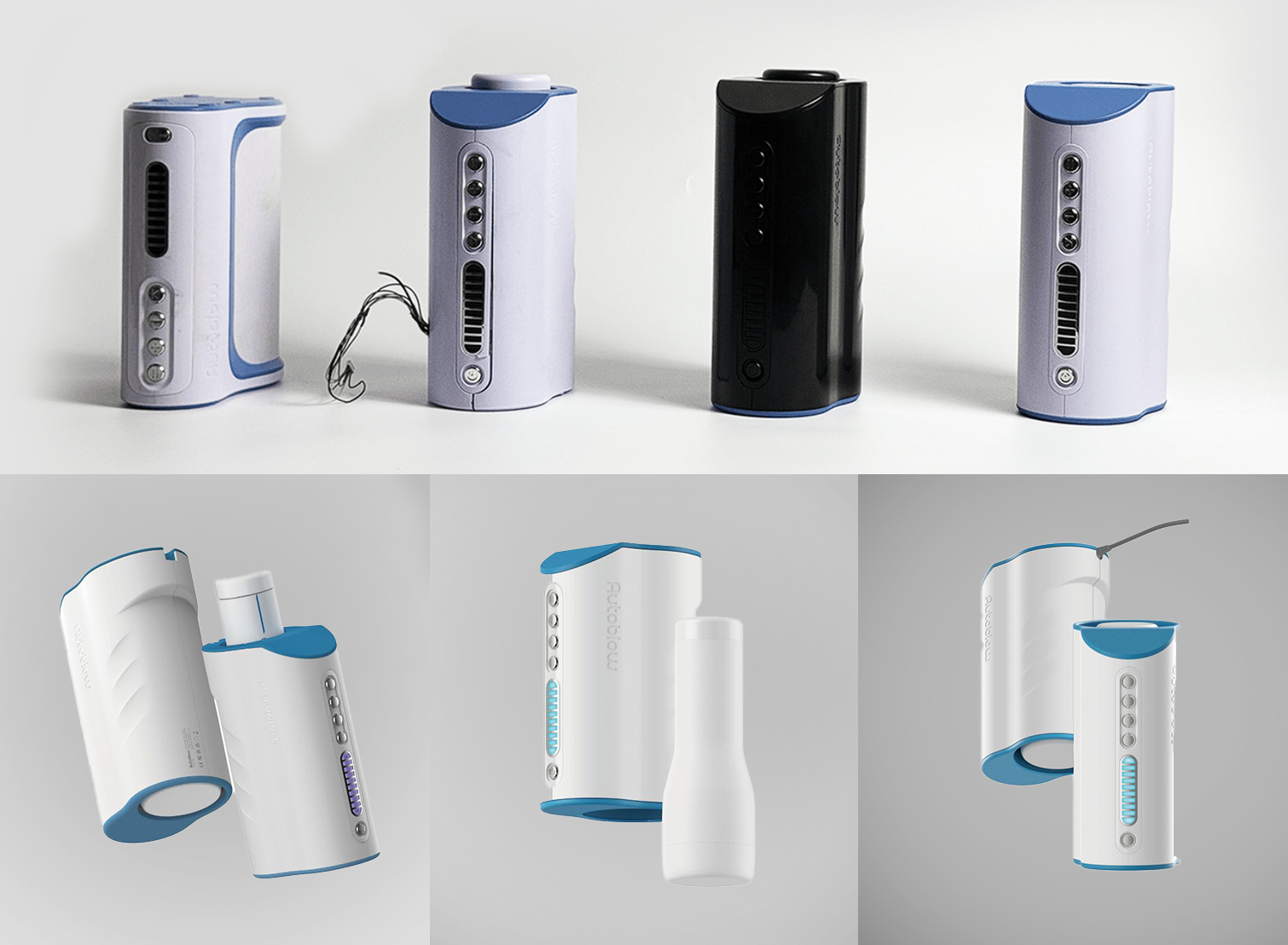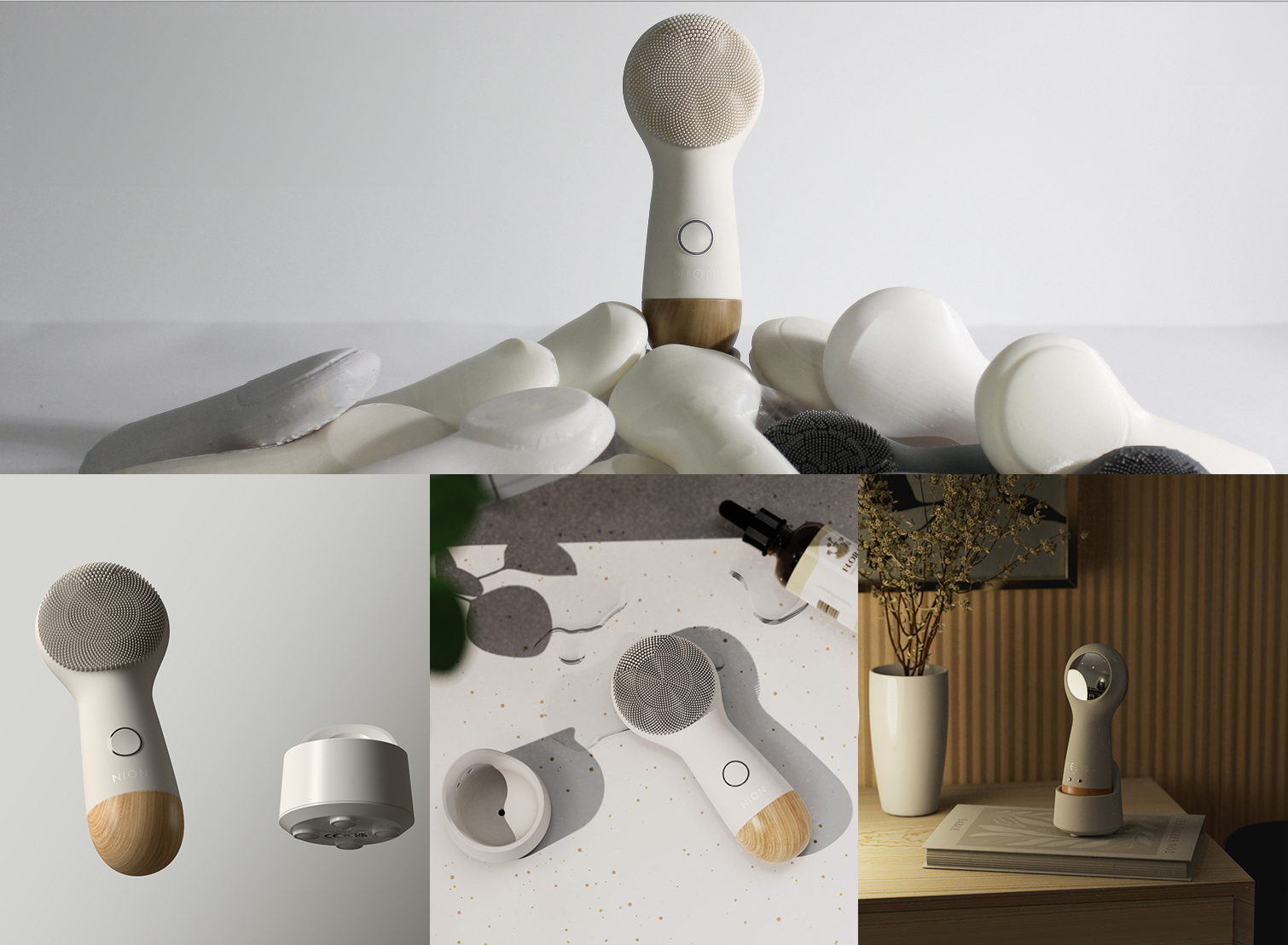Dreaming of turning your innovative idea into a tangible product? The journey from concept to market can be daunting and full of challenges. This blog will guide you through how to get your invention built from scratch, covering everything from idea validation to manufacturing and marketing. Knowing the right steps is crucial to avoid costly mistakes and ensure your invention reaches the market efficiently.
Idea Validation
Identify the Problem
Ensure your invention idea solves a real problem. A successful invention addresses a specific need or pain point. Identifying this problem helps focus your efforts on creating a valuable solution. If you have an invention idea but don’t know how to make it, start by pinpointing the exact issue it addresses.
Market Research
Validate demand through market research. Conduct surveys, interviews, and analyze competitors. Use online tools to gather industry insights and trends. This confirms there’s a viable market for your idea invention. Knowing how to start an invention involves understanding the market landscape.
Feedback and Iteration
Gather feedback and iterate on your idea for invention. Share your concept, develop prototypes, and conduct testing. Use feedback to refine your design and improve functionality. This process ensures your final product meets user expectations. If you’re wondering how to get your invention built, continuous iteration is key.
By following these steps, you can transform your initial idea to invention into a viable product. Whether you’re thinking, “I have an invention idea, now what?” or “how to make an invention come to life,” these steps will guide you in creating an effective and market-ready invention.
Protecting Your Invention Idea
Patents and Trademarks: How to Start an Invention with Proper Protection
When you have an invention idea, protecting it is crucial. There are two main types of intellectual property protection available: patents and trademarks. Patents protect new inventions and give the inventor exclusive rights to their use and commercialization for a certain period. Trademarks protect brand names, logos, and slogans that distinguish your product in the market. Both forms of protection are essential to safeguard your idea for invention from being copied or misused by others.
Steps to Apply: How to Get Your Invention Made Safely
Applying for a patent or trademark involves several steps:
- Conduct a Search: Ensure your idea to invention is unique by searching existing patents and trademarks.
- Prepare Documentation: Gather all necessary documents, including detailed descriptions, drawings, and claims for patents, or the design/logo for trademarks.
- Submit an Application: File your application with the relevant intellectual property office (e.g., the United States Patent and Trademark Office).
- Pay Fees: Pay the required application fees.
- Await Examination: Your application will be examined, and you may need to respond to any inquiries or objections.
- Receive Approval: Once approved, your patent or trademark will be registered, granting you legal protection.
Legal Assistance: Help with My Invention Idea
Navigating the intellectual property landscape can be complex. If you have an invention idea but don’t know how to make it legally secure, it’s advisable to seek professional legal advice. Patent attorneys and trademark lawyers can help you with the application process, conduct thorough searches to avoid conflicts, and provide guidance on maintaining your IP rights. Their expertise can help you avoid common pitfalls and ensure your invention idea is fully protected, giving you peace of mind as you move forward with building your invention.
Designing Your Invention Idea
Conceptual Design: How to Start an Invention
Turning your invention idea into a detailed concept is the first crucial step in how to get your invention made. This involves sketching out your idea for invention, creating diagrams, and developing a clear vision of how your product will function and look. A strong conceptual design lays the foundation for a successful idea to invention and helps communicate your vision to others, including potential investors and manufacturers. If you have an idea for an invention, this stage is essential.
Prototyping: How to Make an Invention Come to Life
Creating a prototype is essential for bringing your invention idea to life. Prototypes allow you to test the functionality and design of your product, identify any issues, and make necessary adjustments. There are several methods for prototyping:
- 3D Printing: Ideal for creating precise and functional prototypes quickly and cost-effectively.
- Handmade Prototypes: Useful for simpler designs or when a quick, rough version is needed to test basic concepts.
Prototyping transforms your idea to invention by providing a tangible representation of your concept, making it easier to refine and improve. If you have an invention idea but don’t know how to make it, prototyping is a critical step.
Iterative Design: How to Bring an Invention to Life
The iterative design process is about continuously refining your prototype based on testing and feedback. Start by building your initial prototype and testing it in real-world scenarios. Gather feedback from potential users, experts, and peers to understand what works and what doesn’t. Use this feedback to make improvements and build a new version of the prototype. Repeat this process until your design meets all functional and aesthetic requirements.
Iterative design ensures that your invention design evolves through multiple stages, leading to a final product that is well-tested and optimized. This process is crucial for ensuring your invention idea is practical, user-friendly, and ready for the market. If you’re asking, “I have an invention idea, now what?”, this is where the real work begins.
By following these steps in designing your invention, you can effectively transform your idea for an invention into a viable, market-ready product. Whether you have an invention idea and wonder how to make it a reality, or need help with my invention design, this structured approach will guide you through the process. For those thinking, “how to make my invention idea a reality,” or “how to create an invention,” these steps are fundamental.
Finding Manufacturing Partners for Your Invention Idea
Research Manufacturers: How to Get Your Invention Built
When you have an invention idea and are ready to move from idea to invention, finding the right manufacturing partner is crucial.
Evaluating Partners: How to Get an Invention Made Right
Evaluating potential manufacturing partners is essential to ensure they can meet your needs.
- Experience and Expertise: Look for manufacturers with experience in your product category. If you have an idea for an invention related to electronics, find a manufacturer that specializes in electronic products.
- Quality Control: Check their quality control processes to ensure they can produce high-quality products consistently.
- Capacity and Scalability: Ensure the manufacturer can handle your production volume and scale up if needed.
- References and Reviews: Ask for references and read reviews from other businesses that have worked with the manufacturer.
Building Relationships: Turning an Idea into a Product
Building strong, communicative relationships with your manufacturing partners is vital for the success of your invention idea. Here’s why it’s important:
- Clear Communication: Establish clear communication channels to ensure that both parties understand the expectations and requirements. Regular updates and open dialogue can prevent misunderstandings.
- Trust and Reliability: A strong relationship built on trust ensures that the manufacturer is reliable and committed to producing your product to the highest standards.
- Long-Term Collaboration: Building a good relationship can lead to long-term collaboration, making it easier to bring future product invention ideas to life.
With these steps, you can find and establish strong partnerships with manufacturers who will help you build your invention and turn your idea for an invention into a reality. Whether you’re wondering how to get your invention made or need help with my invention in the manufacturing phase, these guidelines will steer you in the right direction.
Funding Your Invention Idea
Self-Funding: How to Start an Invention with Your Own Resources
When you have an invention idea, self-funding can be a practical way to get started. Here are some methods to consider:
- Bootstrapping: This involves using your personal savings or revenue from your existing business to fund your idea for invention. It allows you to retain full control over your invention design and decision-making process.
- Personal Savings: Dipping into personal savings can provide the initial capital needed to move from idea to invention. It’s essential to budget carefully and ensure you have enough funds to cover both personal and business expenses.
Crowdfunding: How to Get Your Invention Built with Community Support
Crowdfunding is an excellent way to raise funds while also validating your invention idea.
Here’s how to launch a successful crowdfunding campaign:
- Choose the Right Platform: Popular platforms like Kickstarter and Indiegogo can help you reach a broad audience. Choose one that aligns with your product type and funding goals.
- Create a Compelling Campaign: Develop a detailed campaign page with a clear description of your invention idea, high-quality images, and a captivating video. Highlight the problem your invention solves and how it benefits potential backers.
- Set Realistic Goals and Rewards: Establish a funding goal that covers your costs and set attractive rewards for different pledge levels. Offer exclusive early-bird discounts or limited-edition versions of your product.
- Promote Your Campaign: Leverage social media, email newsletters, and press releases to spread the word about your campaign. Engage with your backers and provide regular updates on the progress of your invention idea.
Investors and Grants: How to Get an Invention Made with External Funding
Securing investment or grants can significantly accelerate the development of your invention idea. Here are some options to explore:
- Angel Investors and Venture Capitalists: These investors can provide substantial funding in exchange for equity in your business. Prepare a strong pitch that outlines the potential of your product invention and the return on investment.
- Small Business Grants: Many governments and organizations offer grants to support innovation and entrepreneurship. Research available grants in your region and apply for those that match your invention idea.
- Business Loans: Traditional bank loans or SBA loans can provide the necessary funds to build your invention. Ensure you have a solid business plan and financial projections to present to lenders.
Marketing and Launching Your Invention Idea
Branding and Positioning: How to Start an Invention with a Strong Brand
Creating a strong brand identity is crucial for the success of your invention idea. Here are some tips to help you get started:
- Define Your Brand: Clearly articulate your brand’s mission, values, and unique selling proposition. What makes your invention idea different from others on the market?
- Create a Visual Identity: Develop a cohesive visual identity that includes a logo, color scheme, and typography. This will help your product stand out and be easily recognizable.
- Position Your Product: Identify your target market and position your idea invention to meet their needs and preferences. Effective positioning ensures your product resonates with the right audience.
Marketing Strategies: How to Get Your Invention Built and Noticed
Promoting your invention idea effectively is key to driving interest and sales. Here are some marketing strategies to consider:
- Social Media Marketing: Leverage platforms like Facebook, Instagram, and Twitter to reach your audience. Share engaging content, run targeted ads, and interact with followers to build a community around your product.
- Influencer Collaborations: Partner with influencers who align with your brand values and have a strong following in your niche. Their endorsement can help you reach a broader audience and build credibility.
- Public Relations (PR): Use PR strategies to get media coverage for your invention idea. Write press releases, pitch to journalists, and seek coverage in relevant publications and blogs.
- Content Marketing: Create valuable content such as blog posts, videos, and infographics that highlight the benefits and uses of your product. This can help educate your audience and establish your brand as an authority in the industry.
Launch Plan: How to Make an Invention Come to Life Successfully
A well-executed launch plan is essential for introducing your invention idea to the market. Here are the steps to follow:
Pre-Launch Activities:
- Build Anticipation: Use teasers and countdowns on social media to create excitement.
- Engage with Potential Customers: Collect email addresses through a landing page or pre-order campaign to keep interested customers informed.
- Prepare Marketing Materials: Ensure all marketing materials, including your website, product pages, and promotional content, are ready and optimized.
Launch Day Activities:
- Announce the Launch: Make a big announcement across all your marketing channels. Utilize email blasts, social media posts, and press releases to spread the word.
- Offer Launch Day Promotions: Attract early adopters with special launch day discounts or bundles.
- Engage with Your Audience: Respond to comments, questions, and feedback promptly to maintain a positive and active presence.
Post-Launch Activities:
- Monitor Performance: Track key performance indicators (KPIs) such as sales, website traffic, and social media engagement to gauge the success of your launch.
- Collect Customer Feedback: Gather feedback from your customers to identify areas for improvement and to inform future product iterations.
- Sustain Momentum: Continue promoting your product through regular updates, additional marketing campaigns, and customer engagement activities.
Taking Advantage of Technology in 2024 for Your Invention Idea
How to Get Your Invention Built with the Latest Innovations
In 2024, new technologies are transforming how invention ideas are developed and manufactured. Here are some emerging technologies to consider:
- Artificial Intelligence (AI): AI can assist in invention design, optimize manufacturing processes, and predict market trends. AI-powered tools can help you refine your idea invention and make data-driven decisions.
- 3D Printing: Advanced 3D printing technology allows for rapid prototyping and small-scale manufacturing, making it easier to create an invention quickly and cost-effectively.
- Internet of Things (IoT): IoT technology can enhance your product’s functionality by connecting it to other devices and systems, offering added value to your invention idea.
- Blockchain: Blockchain can ensure transparency and traceability in your supply chain, protecting your intellectual property and enhancing trust with customers.
Digital Tools: How to Make an Invention Come to Life Efficiently
Digital tools are essential for managing the development, design, and marketing of your invention idea. Here are some tools that can help:
- Project Management: Tools like Trello, Asana, and Monday.com can help you organize tasks, collaborate with team members, and track progress throughout your idea to invention journey.
- Design Software: Use design software like AutoCAD, SolidWorks, and SketchUp for creating detailed and precise designs of your invention. These tools are invaluable for turning your conceptual design into a reality.
- Marketing Platforms: Digital marketing platforms like Hootsuite, Buffer, and Canva can help you manage your social media campaigns, create engaging content, and schedule posts to promote your invention idea effectively.
Sustainability Trends: How to Make Your Invention Idea Align with Eco-Friendly Practices
Incorporating sustainable practices into your invention development is increasingly important in 2024. Here’s how you can align your idea for invention with sustainability trends:
- Eco-Friendly Materials: Choose sustainable materials for your product to reduce environmental impact. This can also appeal to environmentally conscious consumers.
- Energy Efficiency: Design your invention to be energy-efficient, whether it’s through low power consumption or using renewable energy sources.
- Sustainable Manufacturing: Work with manufacturers who prioritize sustainable practices, such as reducing waste, recycling materials, and minimizing carbon emissions.
- Lifecycle Analysis: Conduct a lifecycle analysis of your product to understand its environmental impact from production to disposal, and make improvements where possible.
Bringing Your Invention Idea to Life in 2024
In 2024, turning your invention idea into a product involves validating your idea, protecting it with patents and trademarks, developing prototypes, finding reliable manufacturers, securing funding, and executing effective marketing strategies. Utilize emerging technologies, digital tools, and sustainable practices to enhance your process. Though challenging, with the right approach, you can make your invention idea a reality. Take the first step and bring your innovative ideas to life. Share your ideas, ask questions, or seek further advice by commenting below or reaching out to us.

